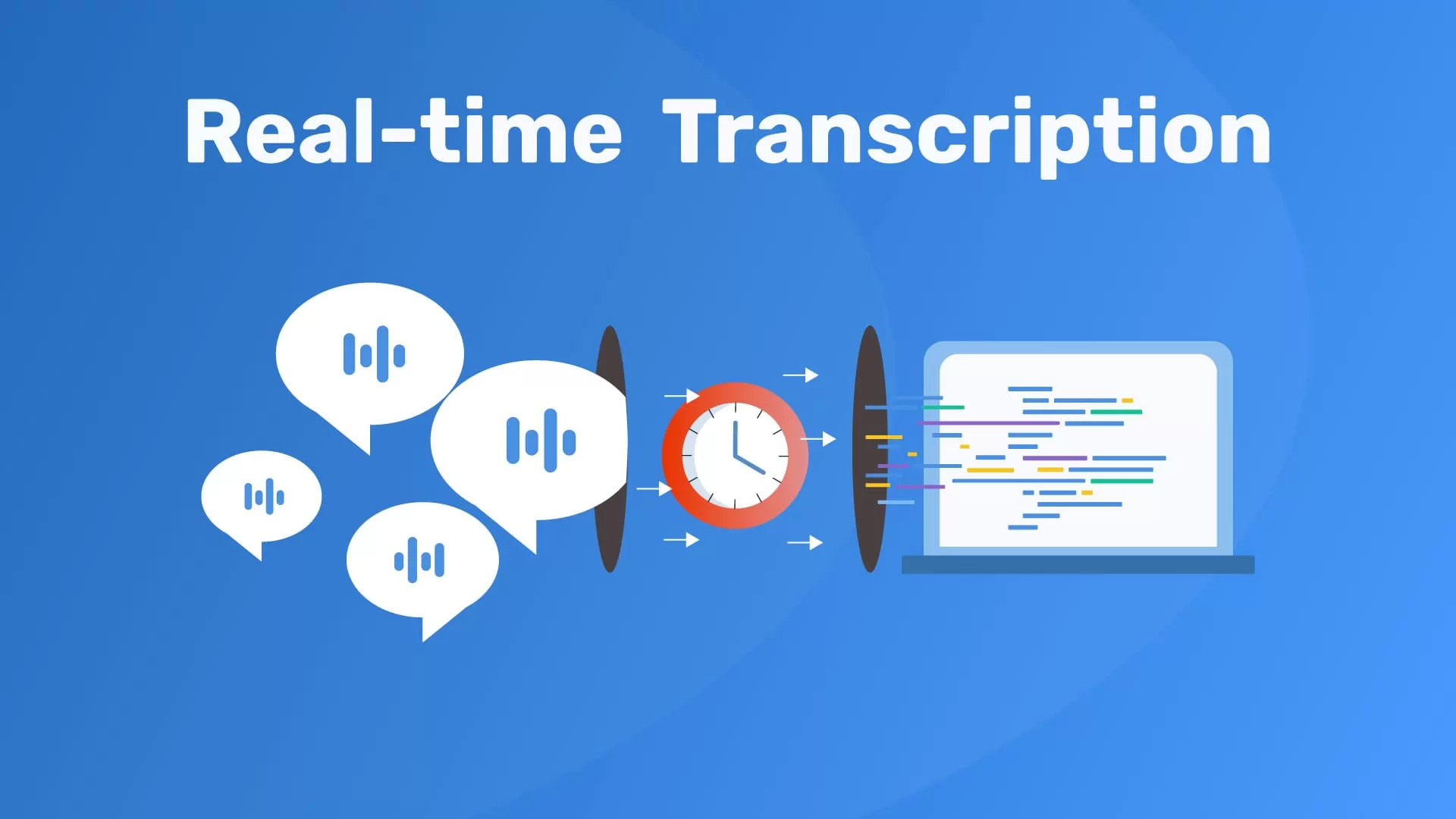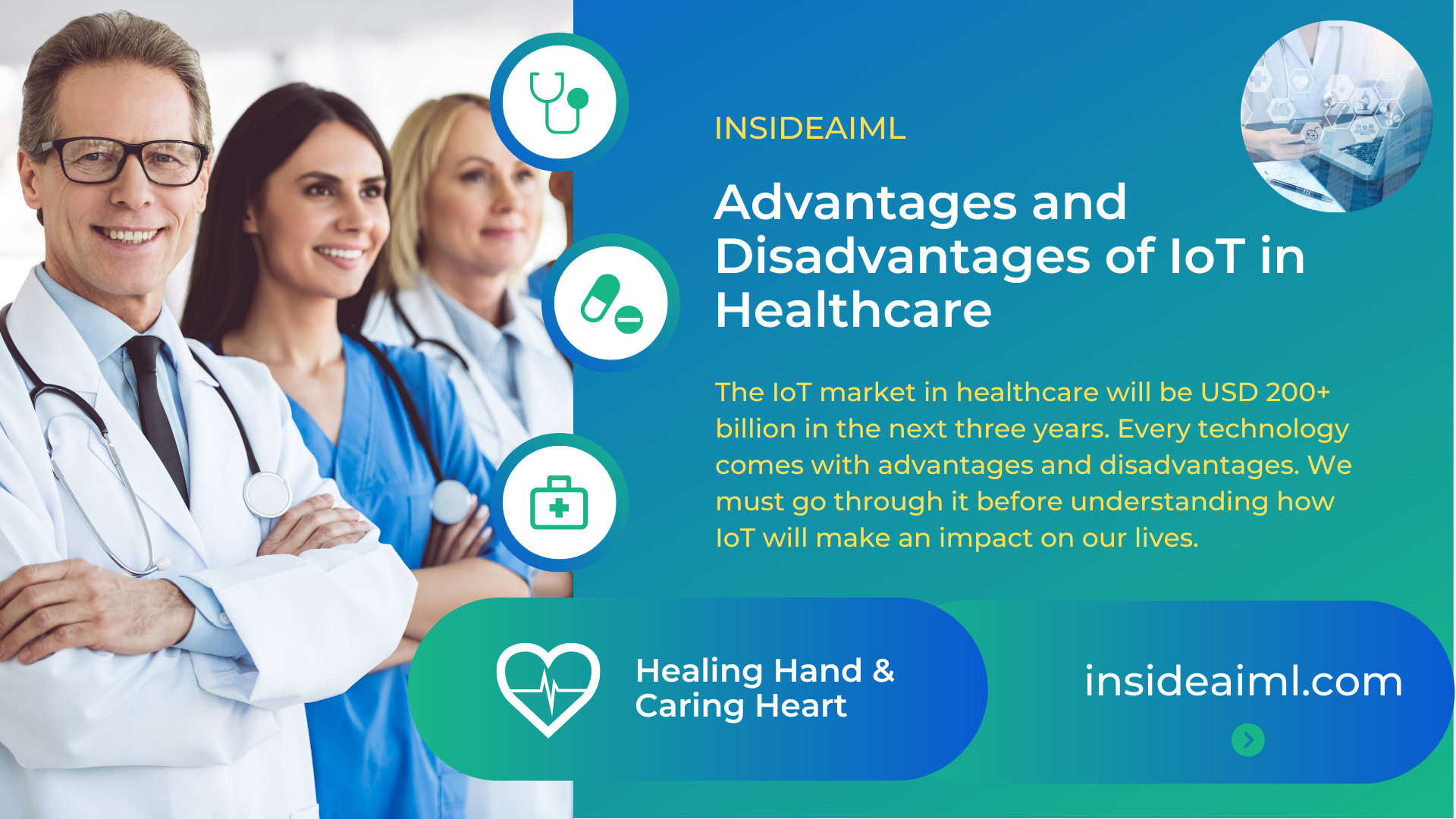What are the IoT’s benefits and disadvantages of iot?
The Internet of Things (IoT) is a rapidly growing technology that connects various devices, sensors, and systems to a network and enables them to communicate and exchange data. IoT has been widely adopted in various industries, including healthcare, to improve patient care, streamline operations, and reduce costs. However, like any other technology, IoT has both advantages and disadvantages in healthcare. In this article, we will explore the advantages and disadvantages of iot in healthcare.
Advantages of IoT in Healthcare:
- Improved Patient Care: IoT can significantly improve patient care by providing real-time data to healthcare providers. For example, IoT devices such as wearables and sensors can monitor a patient’s vital signs and send the data to healthcare providers. This data can help healthcare providers detect any abnormalities or changes in a patient’s health and take immediate action to prevent any serious health issues.
- Remote Monitoring: IoT devices can also enable remote monitoring of patients. This is particularly beneficial for patients who require continuous monitoring, such as those with chronic conditions. Remote monitoring can help patients avoid unnecessary hospital visits and reduce healthcare costs.
- Increased Efficiency: IoT can help healthcare providers streamline their operations and increase efficiency. For example, IoT devices can automate tasks such as scheduling appointments, sending reminders, and managing patient records. This can help healthcare providers focus on providing better patient care rather than administrative tasks.
- Better Disease Management: IoT can help healthcare providers manage diseases more effectively. For example, IoT devices can monitor a patient’s medication adherence and remind them to take their medication on time. This can help patients manage their conditions better and prevent any adverse events.
- Improved Patient Engagement: IoT can also improve patient engagement by providing patients with access to their health data. This can help patients understand their health better and take an active role in managing their conditions. IoT can also help patients connect with their healthcare providers more easily, enabling them to ask questions and receive prompt responses.
Disadvantages of IoT in Healthcare:
- Security Risks: One of the biggest disadvantages of IoT in healthcare is the security risks it poses. IoT devices are vulnerable to hacking and cyber attacks, which can compromise patient data and put patients at risk. Healthcare providers must take steps to secure their IoT devices and ensure that patient data is protected.
- Privacy Concerns: IoT devices can also raise privacy concerns as they collect a vast amount of data. Patients may be uncomfortable with the idea of their health data being collected and shared with others. Healthcare providers must be transparent about how they collect and use patient data and ensure that patients have control over their data.
- Technical Challenges: IoT devices can be challenging to set up and maintain. Healthcare providers may require specialized skills and expertise to manage their IoT devices effectively. Technical issues such as compatibility and connectivity issues can also arise, which can affect the performance of IoT devices.
- Cost: IoT devices can be costly, and healthcare providers may need to invest a significant amount of money to implement IoT technology. This can be a barrier to adoption, particularly for smaller healthcare providers with limited budgets.
- Data Overload: IoT devices can generate a vast amount of data, which can be overwhelming for healthcare providers. Healthcare providers must have the necessary tools and resources to manage and analyze this data effectively.
Limitations of IoT in Healthcare
- Security Concerns: One of the primary concerns with IoT in healthcare is data security. As IoT devices collect and transmit sensitive patient data, any breach in the security of the system can lead to the compromise of patient privacy and even risk their health. Moreover, since IoT devices rely on internet connectivity, they are susceptible to cyber-attacks that can disrupt the functioning of medical devices and potentially harm patients.
- Interoperability Issues: Interoperability is crucial for the success of IoT in healthcare. However, the lack of standardization and compatibility among IoT devices can cause interoperability issues, leading to fragmentation in healthcare systems. Incompatible devices may not be able to communicate with each other, leading to data silos that can hinder patient care and slow down the decision-making process.
- Data Management: The vast amounts of data generated by IoT devices can pose a challenge for healthcare providers. Collecting, processing, and storing large amounts of data can be expensive and time-consuming. Furthermore, the quality of data collected by IoT devices can vary, which can lead to inaccuracies in diagnoses and treatment decisions.
- Limited Battery Life: IoT devices rely on batteries for power, and the batteries’ lifespan can limit the usefulness of the devices. Some IoT devices require frequent battery replacements, which can be a costly and time-consuming process, particularly in large healthcare systems.
- Patient Acceptance: While IoT technology has the potential to improve patient care, patients may be hesitant to adopt it due to privacy concerns or a lack of understanding of the technology. Some patients may prefer traditional methods of care, and it may take time for them to trust IoT devices and incorporate them into their daily lives.
- Cost: Implementing IoT technology in healthcare can be expensive, particularly for smaller healthcare providers with limited budgets. The cost of purchasing and maintaining IoT devices, as well as the infrastructure needed to support them, can be a significant barrier to adoption.
Conclusion:
IoT has the potential to transform healthcare by improving patient care, increasing efficiency, and reducing costs. However, it also poses significant challenges such as security risks, privacy concerns, and technical challenges. Healthcare providers must weigh the advantages and disadvantages of iot before implementing this technology. They must also ensure that they have the necessary resources and expertise to manage their IoT devices effectively and protect patient data. With careful planning and implementation, IoT can help healthcare providers provide better patient care and improve patient outcomes.











